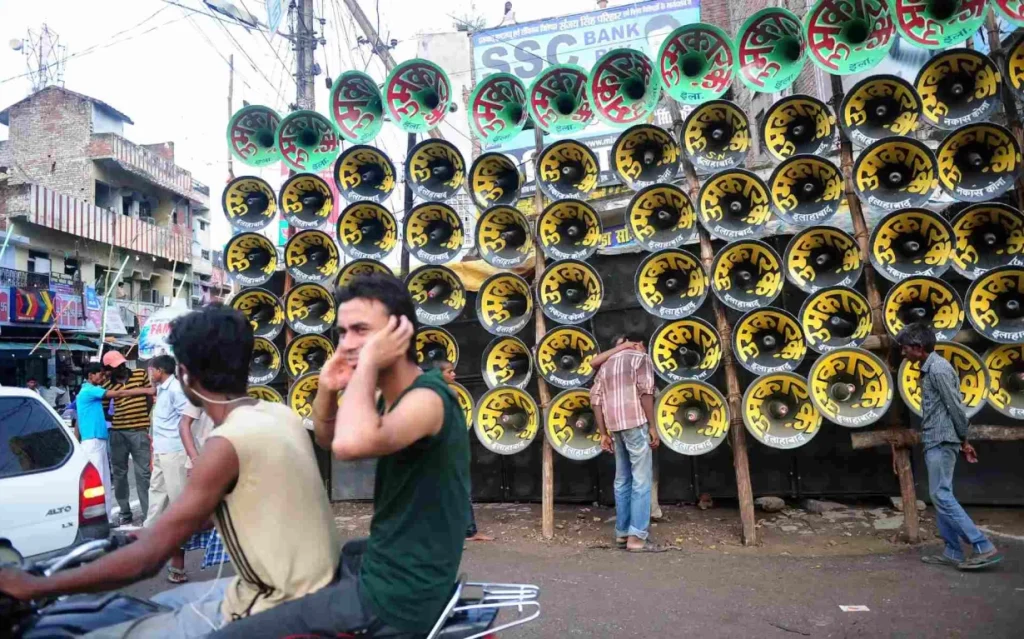In a survey carried out by Earth5R in January 2023, 45 volunteers from 15 Indian cities investigated noise pollution in silent and residential areas and found that the noise levels were nearly 50 percent higher than the permissible limit of 50 dB.
As cities continue to grow at a rate that has never been seen before, traffic noise and other types of noise pollution are getting worse, which poses serious health risks.
Vehicles honking, road workers drilling, and others produce noise. Noise pollution, which is unseen and reduced by the coronavirus outbreak, harms humans and is a major city problem. It harms humans and animals. According to experts, noise pollution disrupts breeding cycles and hastens species extinction.
What is noise pollution?
Noise pollution is an unwanted sound that can affect animal and human behaviour. Not all noise is pollution. The WHO classifies noise above 65 dB as pollution. Noise is detrimental at 75 dB and agonizing at 120 dB. Thus, daytime noise levels should be kept below 65 dB, and nighttime ambient noise beyond 30 dB prevents restful sleep. In 2018, the WHO limited traffic noise to 53 dB for health reasons. The noise record citywide is divided into four zones: commercial, residential, industrial, and silent.
UNEP Executive Director Inger Andersen says that as cities grow, noise pollution is becoming a threat to the environment.
Sources of noise pollution:
Residential: Noisy apartments, especially poorly planned ones, upset residents. Plumbing, boilers, generators, air conditioners, and fans can cause irritating building noise. Uninsulated walls and ceilings can reveal amplified music, voices, footfalls, and other activities from neighboring units. When windows are open or poorly glazed, urban inhabitants might hear emergency vehicles, traffic, garbage collection, and other city noises.
Vacuum cleaners and various kitchen appliances create noise, but their daily noise dose is usually low.
Road noise and city traffic noise pollute the most. Car horns are 90 dB, and bus horns are 100 dB. There are fewer airplanes flying over cities than cars on the highways, but each aircraft produces 130 dB.
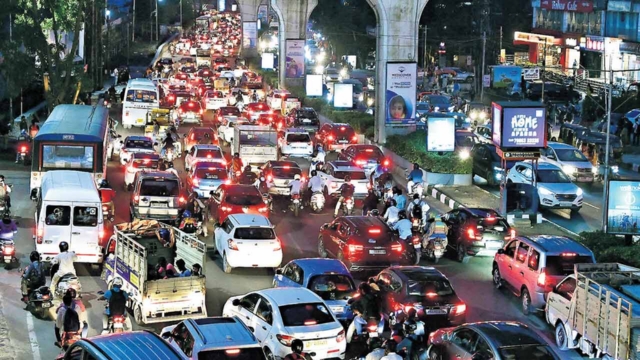
Construction activities like drilling emit 110 dB.
Catering and nightlife: In good weather, outdoor bars, restaurants, and terraces can exceed 100 dB. Pubs and clubs make noise.
A howling or barking dog can make 60–80 dB, which may go unnoticed.
High levels of noise can cause tinnitus or deafness, especially in children and the elderly. Other health effects are:
Physical: respiratory agitation, racing pulse, high blood pressure, migraines, gastritis, colitis, and heart attacks from extremely loud, persistent noise.
Psychological: Noise can cause human and animal discomfort, tiredness, depression, anxiety, aggression and hysteria.
Insomnia: Noise exceeding 45 db. disrupts sleep. The WHO recommends 30 db.
Concentration: Over time, noise can impair focus and performance. Memory loss makes studying difficult. Our ears need more than 16 hours to recover from two hours of noise at 100 dbs.
Wildlife Affected:
Urban noise may hinder bird communication, predator detection, and breeding. Noise pollution also harms wildlife. Loud noises can make caterpillars’ dorsal vessels beat quicker, and bluebirds have fewer offspring.
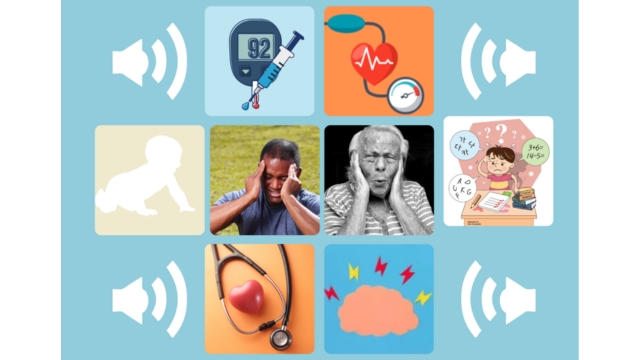
Governmental initiatives and additional alternatives:
To defeat noise pollution, international organizations like the WHO recommend raising awareness. Avoid noisy leisure activities, use bicycles or electric vehicles instead of cars, undertake chores at appropriate times, insulate homes with noise-absorbing materials, etc.
In 2008, the Mumbai Police and Awaaz Foundation staged the first “No Honking Day” in Mumbai, where 16,000 drivers were ticketed.
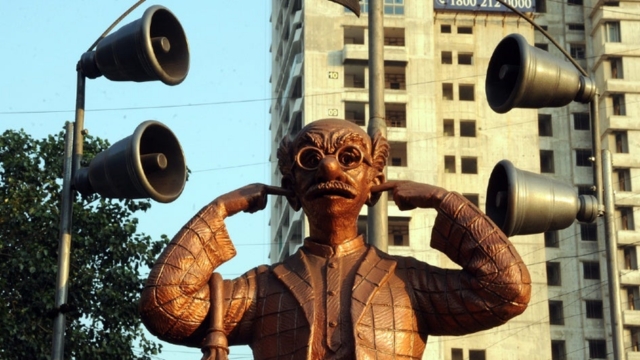
To reduce noise, Delhi outlawed pressure horns, modified silencers, and excessive honking in 2022. On Saturday, the Delhi Traffic Police announced a special operation to penalize drivers who use pressure horns and modified silencers, which many commuters on Twitter applauded.
Bengaluru Police issued notifications to 301 mosques, temples, churches, and other institutions in 2022 to use loudspeakers within allowed decibel levels, said the Commissioner of Police. The Commissioner of Police stated Bengaluru Police issued notices to 301 mosques, temples, churches, and other institutions in 2022 to use loudspeakers within acceptable decibel levels.59 pubs, bars, and restaurants; 12 enterprises; 83 temples; 22 churches; and 125 mosques have received 301 notifications
Notwithstanding Chief Minister Yogi Adityanath’s orders in Uttar Pradesh, an investigation has revealed that many members of the state’s law enforcement do not have the training or resources to monitor and address noise pollution on a systemic level. More than 37,000 loudspeakers from religious places. It also reduced the volume of 55,000 loudspeakers.
Other Alternatives:
Noise Barriers and Sound Walls: In the 1960s, the US explored the use of noise barriers to prevent high-intensity traffic noise. Environmental restrictions made them popular in the 1970s. Noise harms wildlife and humans.
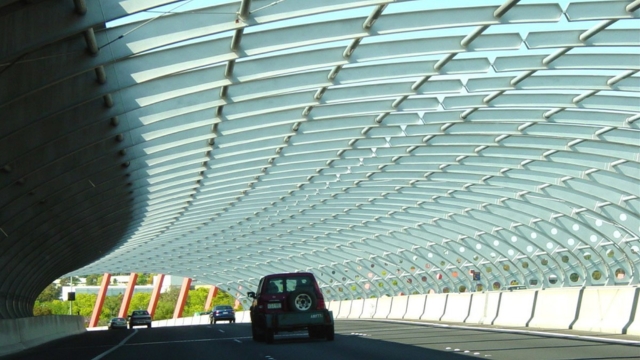
Noise-reducing roads Quiet asphalt reduced road traffic noise by 6 dB in Delft.
Studies show this technology’s limit is 4–6 dB. Although limited, it is beneficial and cheaper than noise barriers for urban situations.
Lower Speeds: “If you can’t remove motorized vehicles, the next best thing is to reduce their speed,” according to mobility expert Jason Slaughter in “Cities Aren’t Loud: Cars Are Loud.”
The graph shows that any engine’s speed increases noise. That’s why speed-reduction infrastructure changes are typically used to reduce noise and improve road safety. Signs alone lower speeds by 2 km/h.
EVs: electric vehicles, which are silent at low speeds, might be noisier at high speeds due to their volume.
Roadside vegetation: Plant-covered roadside limits work well. High-effectiveness trials of this approach are cutting-edge technology. Old technology is usually best.
High-tech bikes Bike sharing with electric assistance, automatic docks, and photovoltaic cells that charge with solar panels are high-tech. Silent and silencing bikes reduce average speeds, traffic noise, and vehicle numbers.
Several technical, technological, and scientific solutions are needed to bring noise levels down to safe levels in cities. Technical solutions include rules against inappropriate or annoying behavior because just being among people can make noise that irritates neighbors.
Through the Earth5R app’s environmental internship and volunteering program, our Volunteers are making a tangible difference towards sustainability in their community. With the Earth5R app’s big-data-driven, mobile technology, you can conduct surveys and take direct action on the ground to aid policymakers in developing sustainable solutions.
You, too, have the power to change the world. If you’re concerned about the noise pollution in your locality, you can measure the noise levels and submit it on the Earth5R app.
Download the Earth5R environmental app to participate in the Sustainability Revolution and measure the level of noise in your area.
Go ahead and get the latest version from:
Android: Earth5R
App Store: Earth5R

